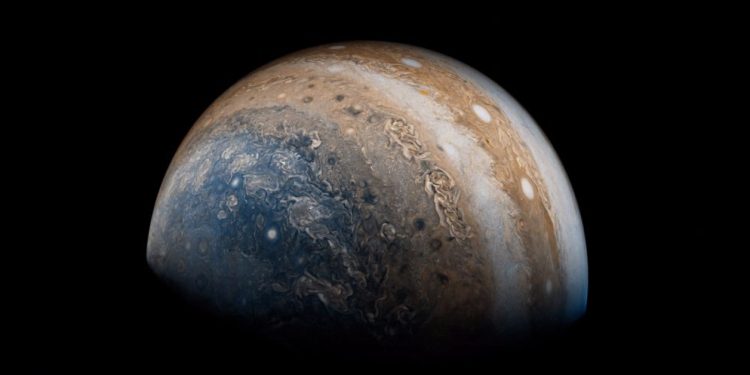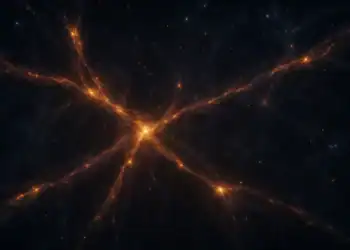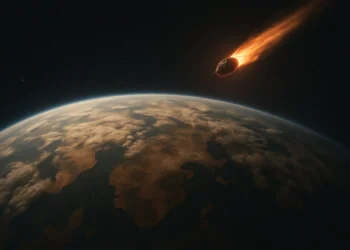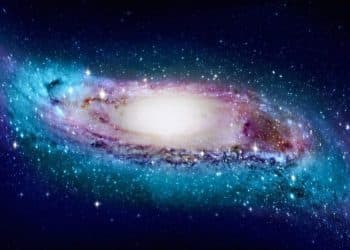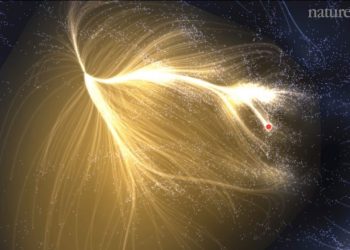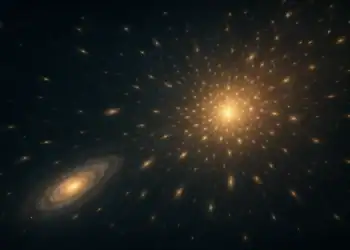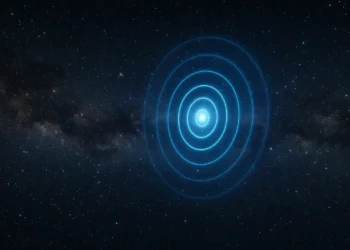Jupiter doesn’t orbit the center of the Sun, and that’s not just a catchy headline—it’s a physics reality. The gas giant is so massive that the point it shares with the Sun, known as the barycenter, lies just beyond the Sun’s surface. Understanding why this happens not only reveals how gravity actually works, but also helps astronomers discover exoplanets in other star systems.
Jupiter’s orbit breaks the solar system’s rules
Most people learn that planets orbit the Sun, and for most of them, that’s more or less true. But Jupiter doesn’t orbit the center of the Sun, and this seemingly strange exception is grounded in the basic rules of gravity. In fact, it’s such an important concept that astronomers use it to detect planets orbiting distant stars.
While the orbits of Mercury, Venus, Earth, and even Saturn are centered inside the Sun, Jupiter’s orbit is different because the planet is just so massive.
How orbital gravity actually works
When two objects interact gravitationally, such as a planet and its star, they don’t orbit one another in a classic one-way path. Instead, they both orbit a shared center of mass, called a barycenter.
In most cases, this barycenter lies inside the larger object. For example, the Earth is over 300,000 times less massive than the Sun, so their shared center of mass is located deep within the Sun. That makes it appear as though the Sun remains stationary while Earth moves around it.
But the situation changes when the smaller object has much more mass.
Jupiter doesn’t orbit the center of the Sun because it’s too massive
Jupiter is the largest planet in the solar system. It has more than 2.5 times the mass of all the other planets combined. Its gravitational influence is so strong that the barycenter it shares with the Sun lies about 1.07 solar radii from the Sun’s center. That means it’s not inside the Sun at all—it’s just above the surface, floating in space.
So instead of orbiting the center of the Sun, Jupiter and the Sun both orbit this off-center point in space. The result is that Jupiter doesn’t orbit the center of the Sun, but rather a shared balance point in the solar system’s gravitational field.
Even the Sun itself moves slightly because of this interaction. This subtle motion is measurable, and scientists use it to detect exoplanets in distant solar systems.
Visualizing the barycenter: a gravitational seesaw
Imagine two ice skaters holding hands and spinning. If one is much heavier than the other, the center of their spin shifts toward the heavier skater. The heavier person still moves, but not as much. That shared center is like the barycenter.
For Jupiter and the Sun, the analogy holds up. The center of motion is not within either body but in the space between them. This is why both the Sun and Jupiter move in response to each other’s gravitational pull.
From a physics perspective, both objects orbit a point in space. Jupiter’s orbit is the most extreme example in our solar system.
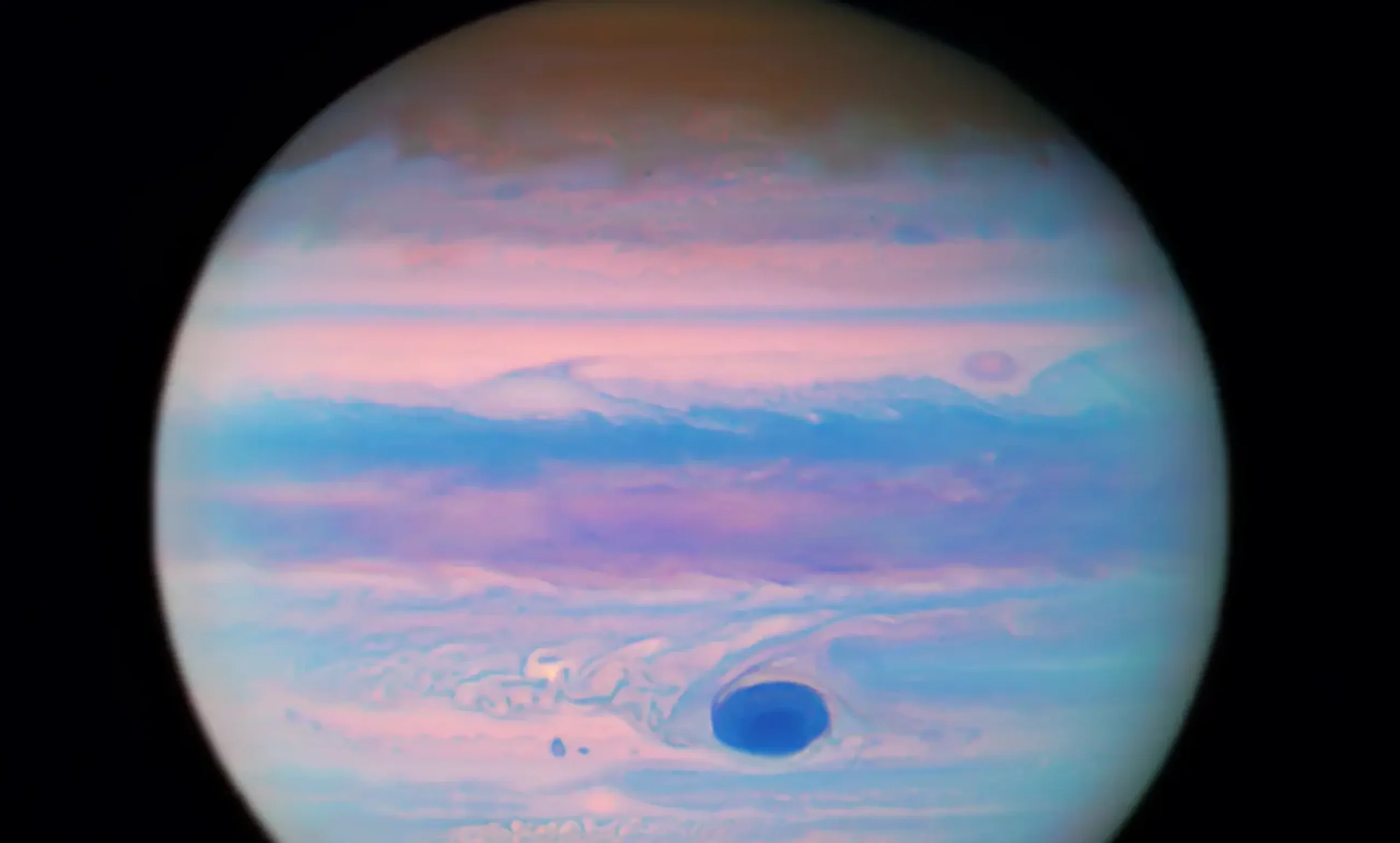
How Jupiter protects the inner planets
Jupiter’s gravitational power shapes far more than its own path. It influences the entire solar system.
It acts as a kind of cosmic shield. Comets and asteroids that might otherwise strike Earth are often pulled off course by Jupiter. Its gravity helps stabilize the asteroid belt between Mars and Jupiter and keeps the orbits of other giant planets in balance.
Some researchers believe Jupiter may have been critical to Earth’s survival, clearing dangerous debris during the early formation of the solar system.
What makes Jupiter so massive?
Jupiter’s diameter is around 143,000 kilometers, making it more than 11 times wider than Earth. But it’s not just large in volume—it’s incredibly heavy.
Jupiter is more than 318 times the mass of Earth. It is mostly made of hydrogen and helium, like a star, and if it were about 80 times more massive, it could have become one.
Although it’s classified as a gas giant, the structure of Jupiter is still a mystery. It may have a solid core, or it could be composed of a dense mix of metallic hydrogen deep beneath its thick atmosphere. NASA’s Juno spacecraft is helping scientists investigate this by measuring the planet’s gravitational and magnetic fields.
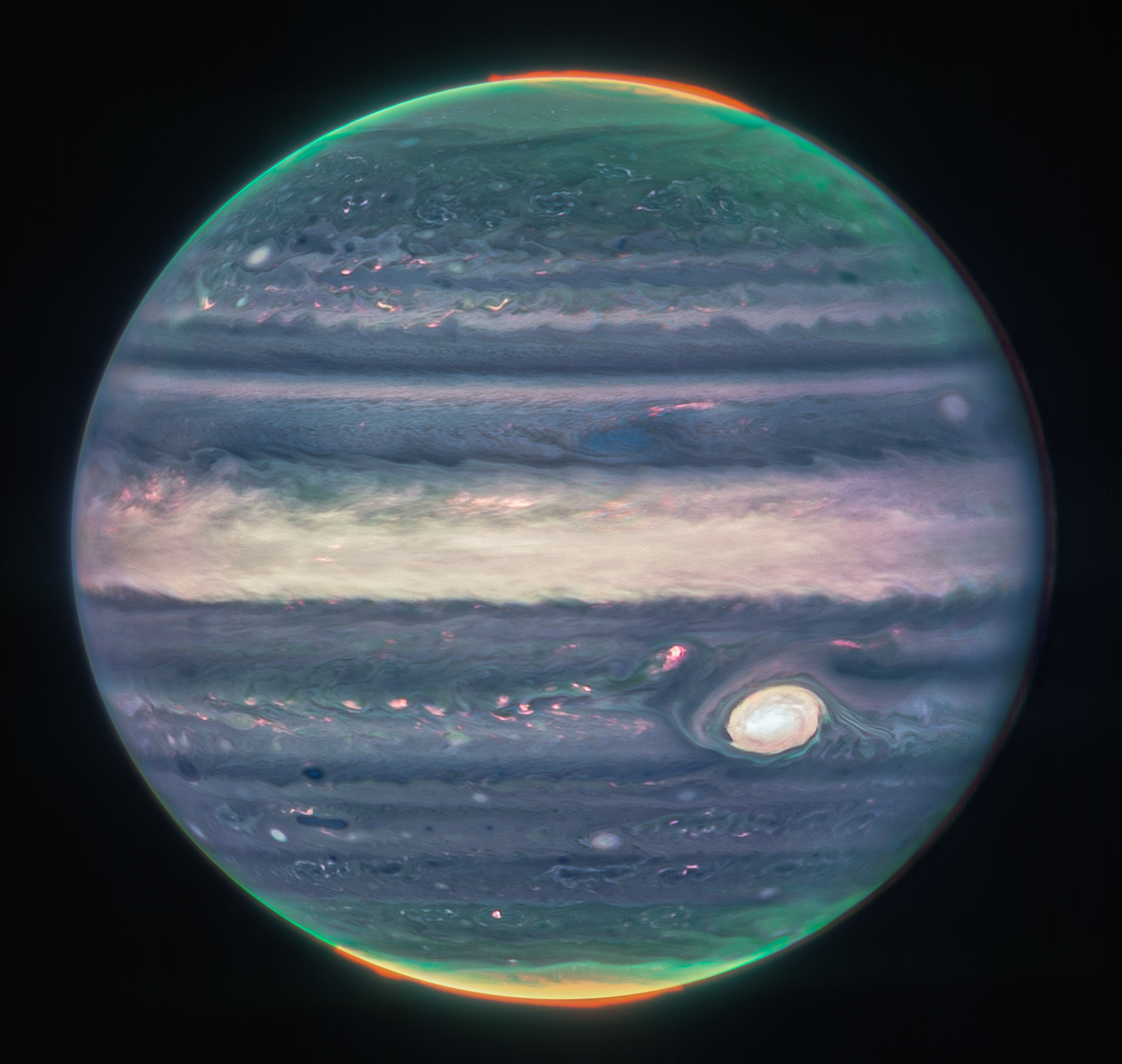
Why no other planet does this
Every planet in the solar system shares a barycenter with the Sun. But for all of them—except Jupiter—that center lies deep inside the Sun. Even Saturn, the second-largest planet, does not shift the barycenter outside the Sun’s surface.
This makes Jupiter the only planet that doesn’t orbit the center of the Sun. It is a unique feature, one that highlights just how much mass affects motion in space.
How this principle helps us find other worlds
Understanding barycenters isn’t just a curiosity. It’s a core method in modern astronomy.
When massive planets orbit distant stars, they cause those stars to wobble around a shared center of mass. By measuring that wobble, astronomers can detect the presence of planets they can’t see directly. This technique helped discover many of the first known exoplanets.
Jupiter, in this sense, is a model for exoplanet detection. The same physics that shifts its orbit also explains how we study distant star systems today.
What this means for how we think about orbits
Orbits are not one-directional paths where small bodies spin around larger ones. They are shared movements, shaped by mutual gravity, around invisible balance points.
In Jupiter’s case, the mass is so great that it shifts that balance point outside the Sun itself. This is why scientists say with confidence that Jupiter doesn’t orbit the center of the Sun. It’s a rare phenomenon in our system and a reminder that the cosmos works in ways more complex and elegant than most of us were ever taught.



